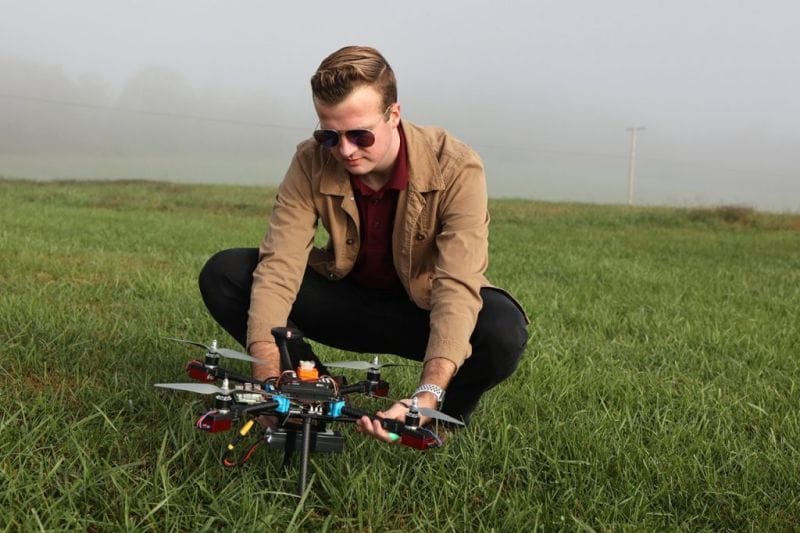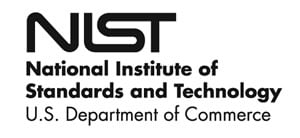RSS feed source: US Energy Information Administration
In-brief analysis
July 9, 2025
Data source: U.S. Energy Information Administration, Refinery Capacity Report and Petroleum Supply Monthly
Note: Refinery Capacity Report data are reported as of January 1 of each year, so changes in capacity that take place during a given year are represented in the newly reported total capacity number for the start of the following year.
California is set to lose 17% of its oil refinery capacity over the next 12 months because of two planned refinery closures. If realized, the closure of the facilities is likely to contribute to increases in fuel price volatility on the West Coast.
Phillips 66 announced plans last October to close its 139,000-barrel-per-day (b/d) Wilmington refinery in the Los Angeles area later this year. Valero submitted a notice in April to end refining operations at its 145,000-b/d
Click this link to continue reading the article on the source website.



